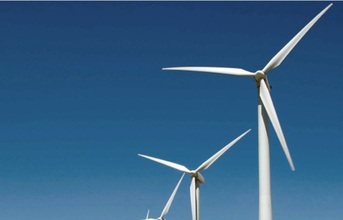
TPDDL is using Honeywell technology and services to link more than 160 buildings in its distribution network
Honeywell and Tata Power Delhi Distribution (TPDDL) claimed they have successfully implemented the first ever automated demand response (ADR) project for commercial and industrial facilities in India.
TPDDL is using Honeywell technology and services to link more than 160 buildings in its distribution network, and call for temporary reductions in energy use when demand threatens to outpace supply. This includes power management during periods of peak consumption, as well as other grid emergency situations. ADR gives the grid operator a new, domestic resource to help alleviate stress on transmission and distribution lines, and improve supply efficiency.
Given the gap between the power required for homes and businesses in India, and what utilities can produce, many cities across the country face severe brownouts and blackouts. The demand for electricity in Delhi, for example, has almost doubled over the past decade.
With nearly 50 percent of the country's peak load tied to commercial and industrial sites, the ability to adjust related energy use is critical. Grid operators like TPDDL can use ADR to help reduce peak load in a facility 15 percent on average, creating a "virtual power plant" that generates "negawatts" or reduced demand.
The project will give TPDDL the ability to reduce approximately 11.5 megawatts of peak demand. However, if the same technology were deployed in all buildings in India, electricity consumption could drop an estimated 10.5 gigawatts, close to 7 percent of the peak energy currently required nationwide.
"This is a significant initiative -- one that supports our mission to build a resource-efficient, environmentally friendly electrical grid," said Praveer Sinha, CEO & ED of Tata Power Delhi Distribution Ltd.
Continued to next page


























